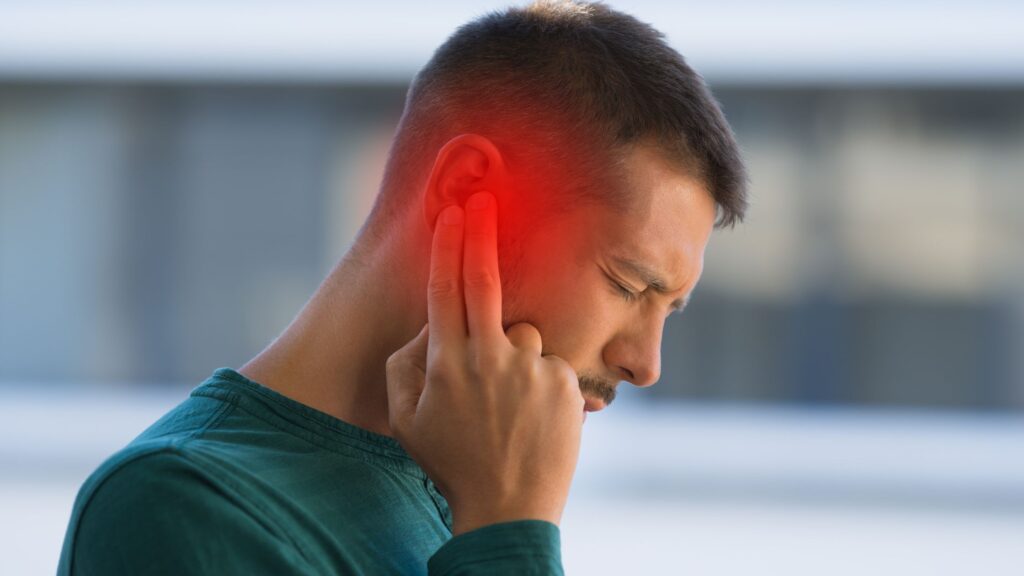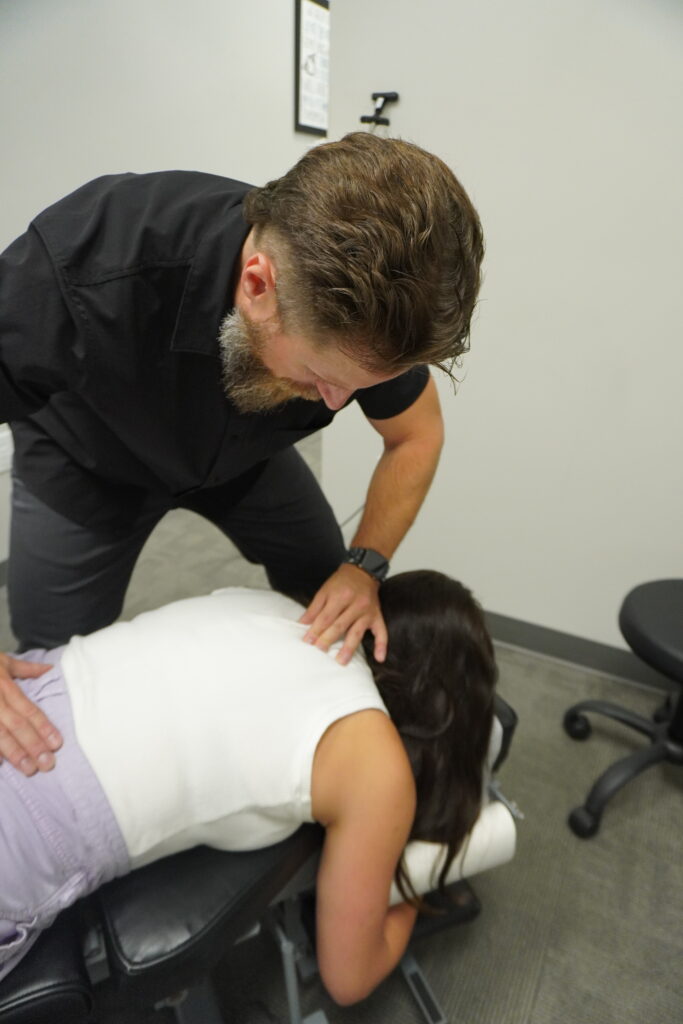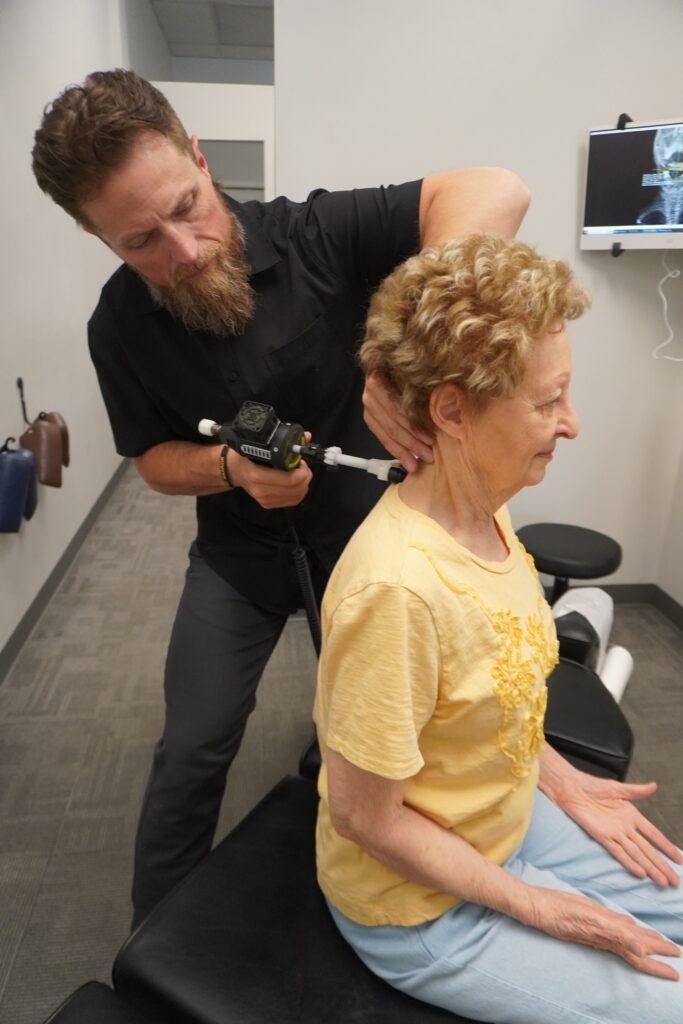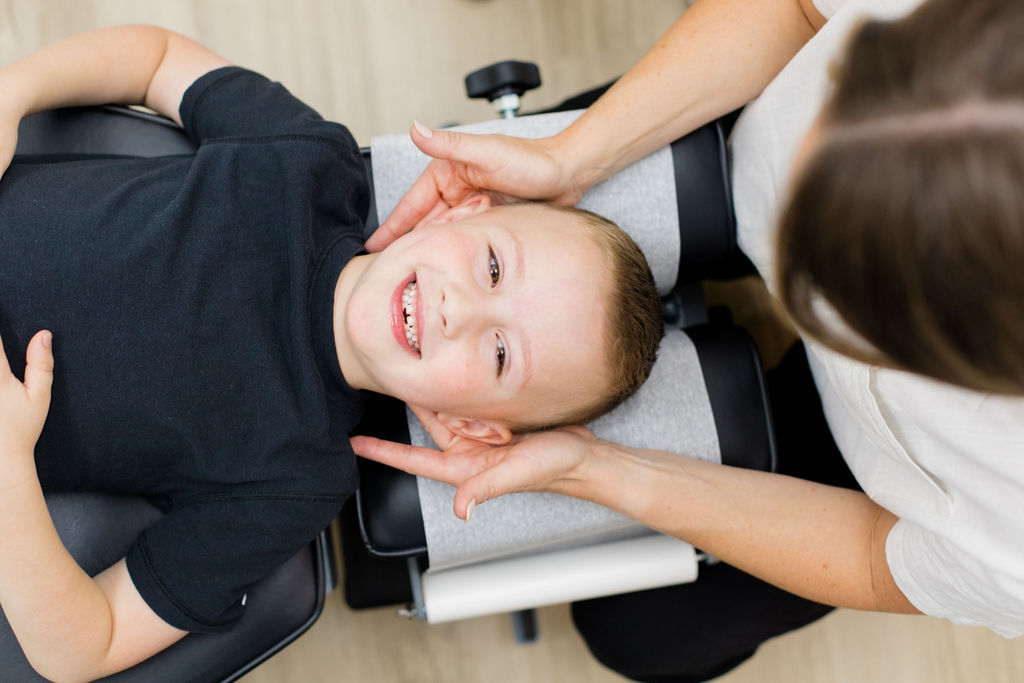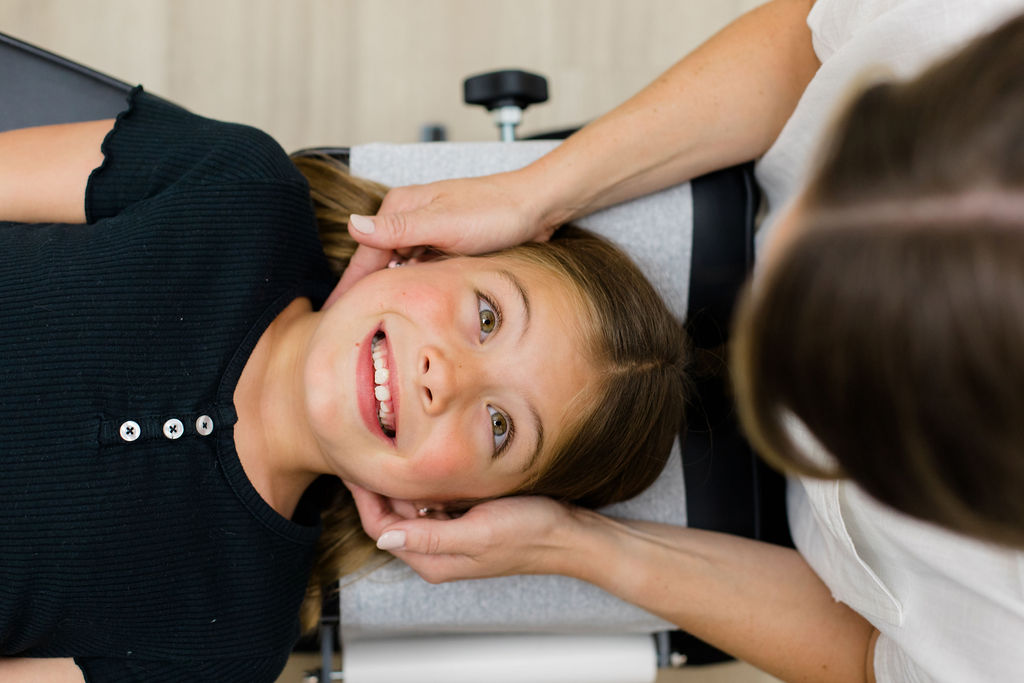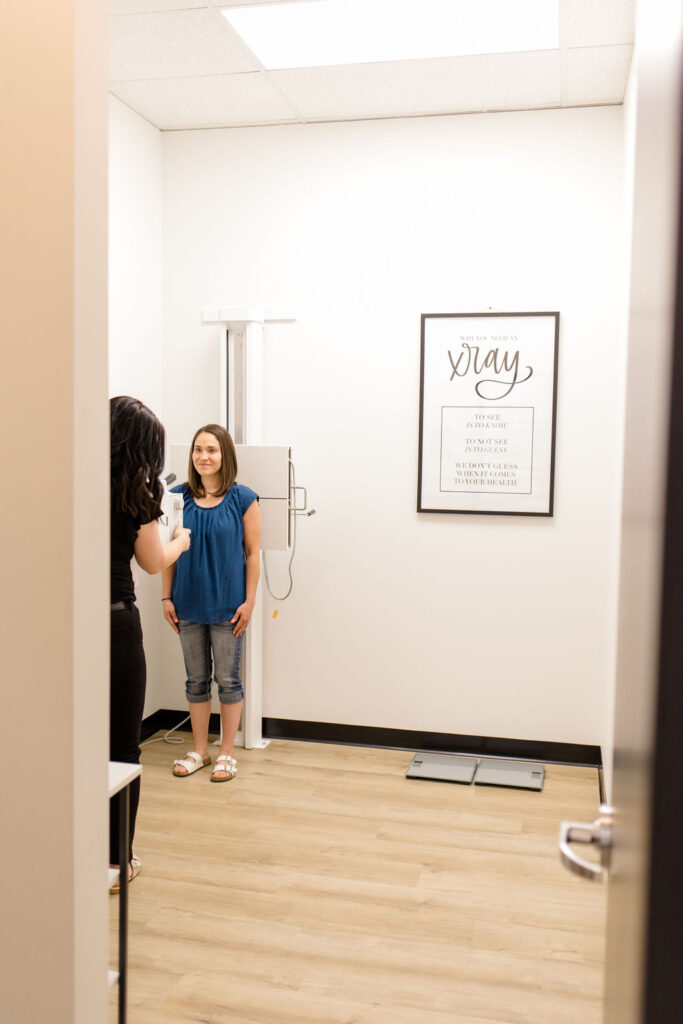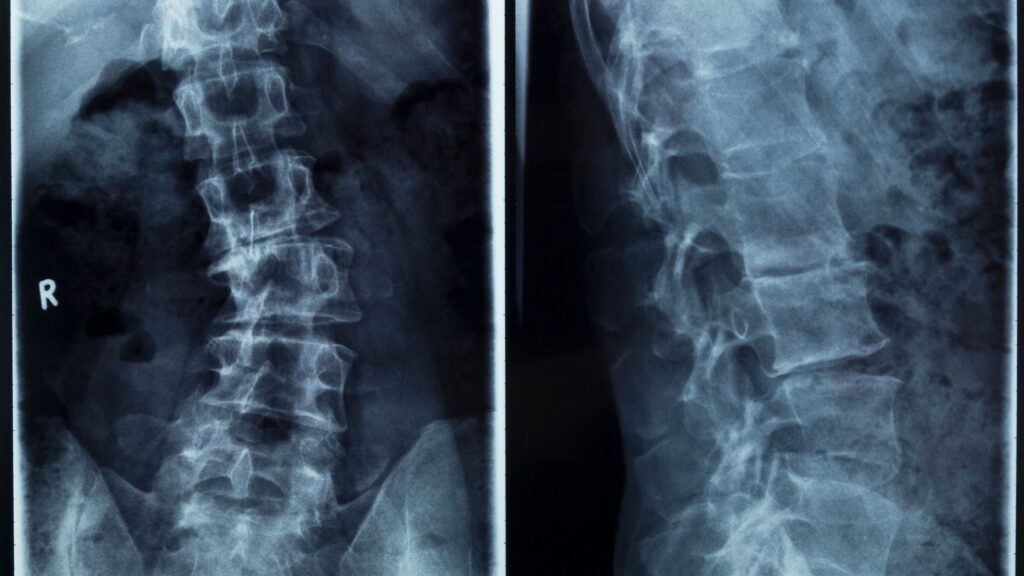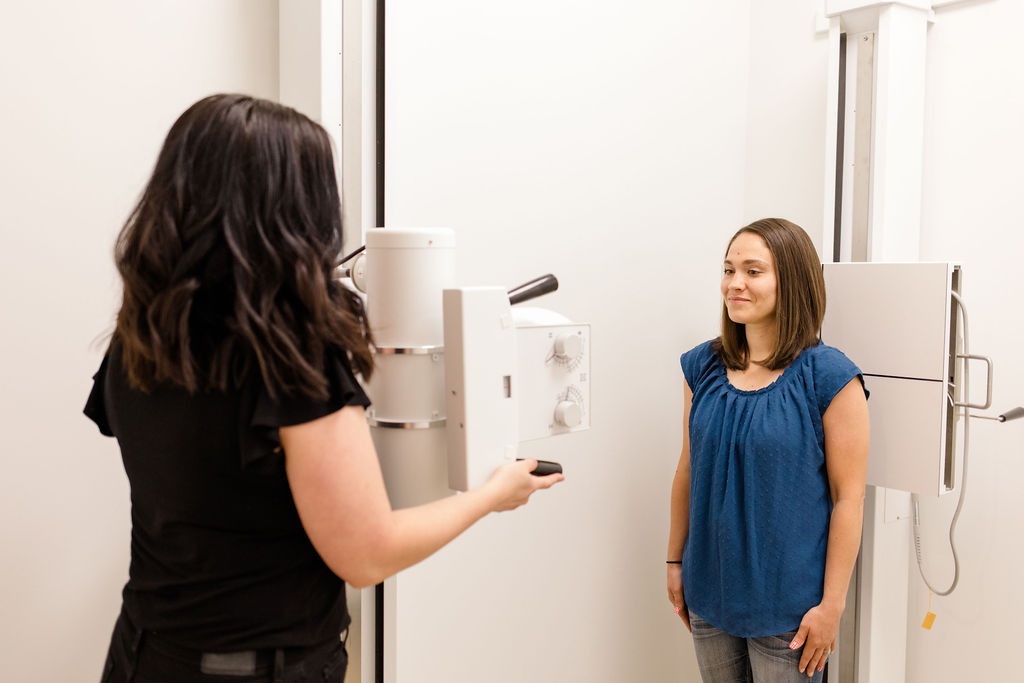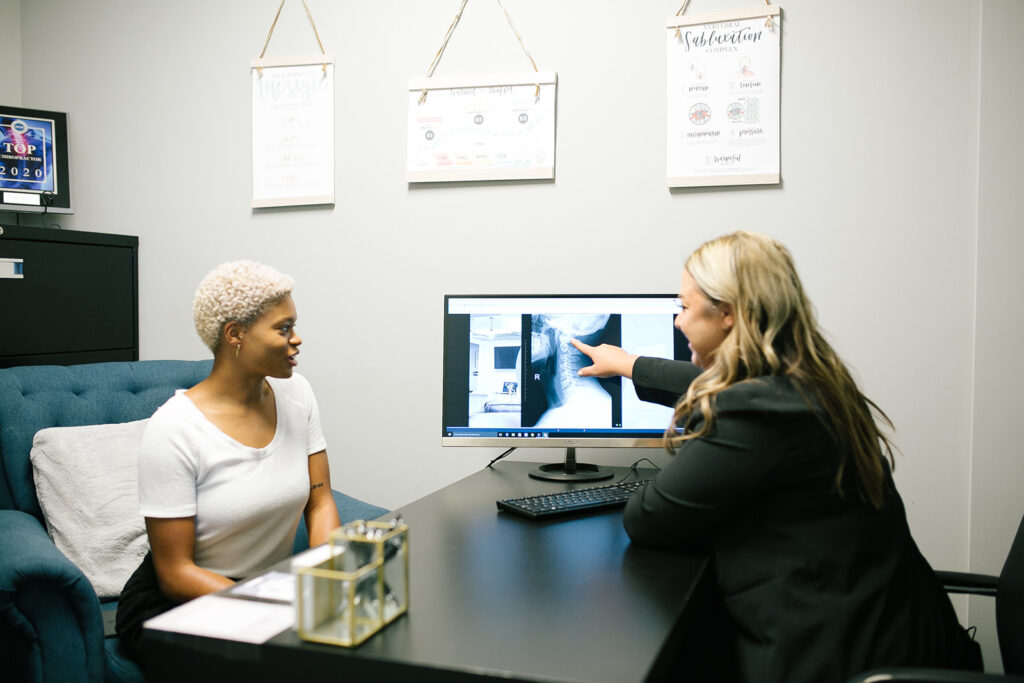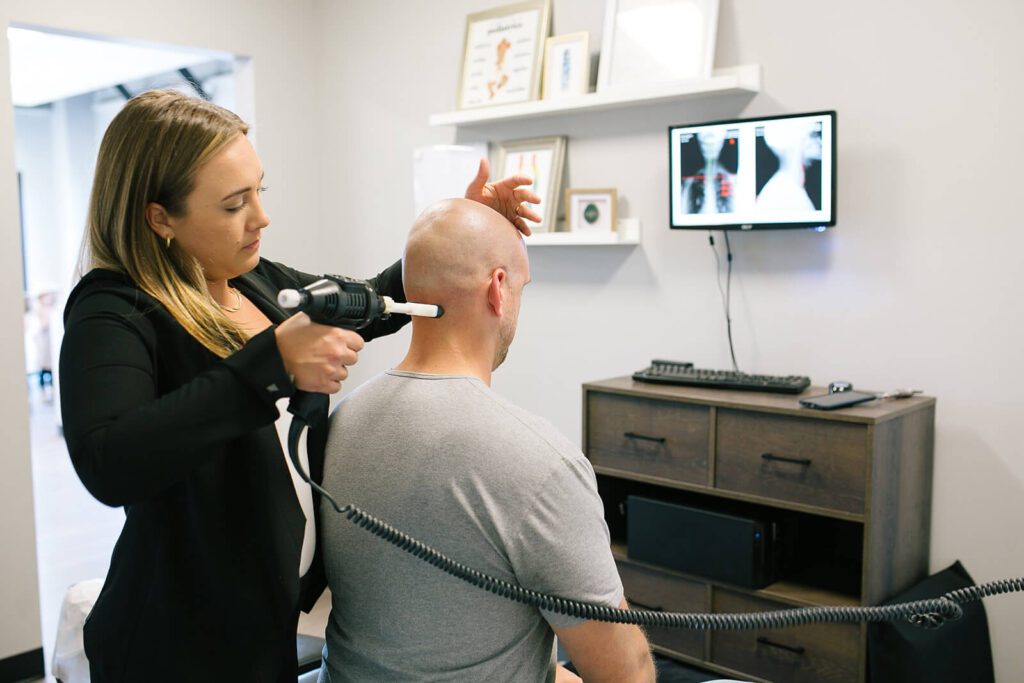Vertigo is a condition that can really impact a person’s life. Even though everything is still, you or your surroundings feel like they are spinning. Picture going about your day with this sense of instability. You are walking to the kitchen, and it is like trying to walk in a spinning room, or you are standing from a chair, which might be like stepping off a merry-go-round. This is what many people with Vertigo deal with daily.
Symptoms of Vertigo can vary from mild Vertigo and dizziness, nausea, and balance disorder to severe conditions. For some, these other symptoms are occasional nuisances. Still, for some, they are debilitating and affect a person’s ability to perform simple tasks, go to work, or even leave the house.
If you suffer from Vertigo attacks, you might wonder, “Can a chiropractor help with vertigo?”
Yes, many treatments are available, but one option that is being looked at increasingly is chiropractic adjustment. Chiropractic treatment may be a promising way to manage and lessen the symptoms of some types of Vertigo.

What is Vertigo – The Main Causes
To effectively treat vertigo, it is important to know its nature. Vertigo is primarily categorized into two types: Peripheral Vertigo and Central Vertigo.
The more common type is peripheral Vertigo, caused by problems within the inner ear, which is responsible for helping your brain understand your place in space, in other words, balance. Spinning sensation is part of Vertigo, and it can occur when something goes wrong in this system.
Benign Paroxysmal Positional Vertigo (BPPV) is a common cause of peripheral Vertigo. When tiny calcium particles (called canals) become dislodged from where they belong and end up in the inner ear canals, it’s called Benign Paroxysmal Positional Vertigo.
This throws off the brain signals that you get about head and body movement and end up dizzy along with balance problems.
Central Vertigo, however, is associated with problems in the brain or nervous system. The cause could be conditions like migraines, multiple sclerosis, or brain injuries. Unlike peripheral Vertigo, central Vertigo is often more complex, and chiropractic treatment differs.
Other than Paroxysmal Positional Vertigo (BPPV), common causes of Vertigo include vestibular neuritis (inflammation of the inner ear nerves) and Meniere’s disease (a condition in which fluid builds up in the inner ear).
In fact, Vertigo can also be caused by issues with the cervical spine or neck. Cervical spine misalignments can injure the nerves and blood flow to the brain, causing symptoms of dizziness and imbalance.
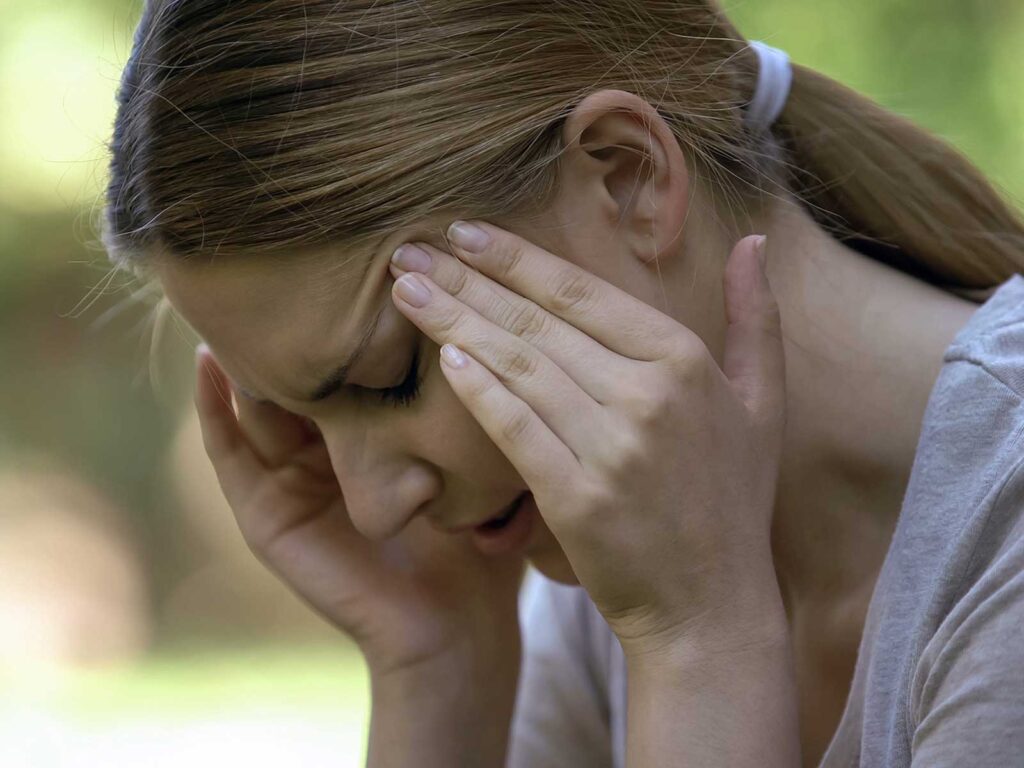
Vertigo and Chiropractic Care: How it May Help
Vertigo caused by problems in the inner ear or the cervical spine can be especially well treated with chiropractic care. Chiropractors are specialized doctors of natural health care who work to restore balance and reduce symptoms by using natural, non-invasive methods that focus on the spine, the nervous system, and the body’s overall health.
Cervical Spine and Chiropractic Adjustments
Spinal adjustments are one of the main ways chiropractors help with Vertigo. If the cervical spine is misaligned (subluxations), it can disrupt the nervous system and cause symptoms such as dizziness and nausea. Chiropractic treatments specific to realigning the spine reduce nerve interference and improve blood flow to the brain. It, in turn, can also help with symptoms of vertigo.
Chiropractic plans are particularly helpful for those whose Vertigo is due to cervicogenic causes (from the neck). This type of Vertigo is commonly accompanied by neck pain and stiffness, and chiropractors can reduce how frequently this type of Vertigo occurs and how severe it can be.
Nerve Interference
Vertigo, in many cases, is caused by nerve interference. The spinal vertebrae are not properly aligned, and when this happens, they can put pressure on the surrounding nerves and disrupt the normal communication between the brain and the body. It can be the cause of dizziness, nausea, and imbalance.
Chiropractors use gentle adjustments to reduce this nerve interference so that the nervous system can work more effectively. With this approach, not only do you get relief from symptoms, but you also find relief at the root of the problems in Vertigo.
Chiropractic Treatments for Vertigo
Vertigo patients with chiropractic plans have various techniques that can be customized to meet their needs. Here’s a closer look at some of the common methods used:
Chiropractic Treatment Plan
The chiropractic healing plan is based on these treatments. Chiropractors adjust the spine manually to try and correct misalignment that may be causing vertigo symptoms. These changes restore proper alignment, decrease nerve pressure, and help overall spinal health.
Epley Maneuver
The Epley Maneuver is a very effective treatment for patients with BPPV. This is a technique of carefully guided head and body movements to place the dislodged canals back into the inner ear problem. If these particles can be returned again to their correct location with the help of dizziness treatment, the symptoms of Vertigo will usually lessen considerably.
Vestibular Rehabilitation Exercises
Chiropractors also recommend specific exercises to help patients improve their balance, coordination, and spinal adjustments. Vestibular rehabilitation exercises are meant to retrain the brain to receive better vestibular system signals, lessen dizziness, and increase stability.
Chiropractic Biophysics
This advanced technique restores the spine’s natural curvature and proper alignment. Chiropractic biophysics can help lessen the dramatic likelihood of recurring vertigo episodes by addressing the underlying structural issues. This has special benefits for patients with chronic or recurrent Vertigo.
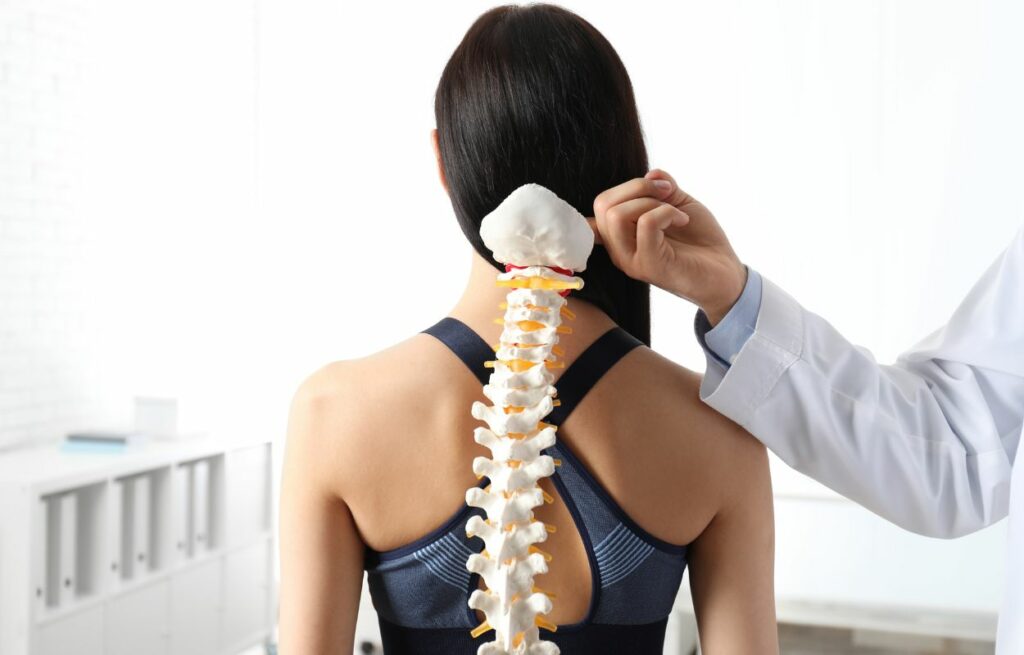
What Chiropractic Treatment Helps With?
Chiropractors have a range of symptoms related to vertigo that they can help with. Treatment of Vertigo can ease many of its symptoms and make daily life more manageable for patients, for example:
- Dizziness: One of Vertigo’s most common and disabling symptoms is dizziness. It can be hard to focus, walking or sitting upright. The underlying spinal or nerve issues that cause dizziness are what chiropractic adjustments try to reduce the frequency and intensity of.
- Nausea: Vertigo often accompanies nausea, especially during severe episodes. Chiropractic care can reduce nerve interference by improving spinal alignment and ultimately reducing this uncomfortable symptom.
- Balance Issues: Another hallmark of Vertigo is balance problems. Chiropractors work to improve overall balance and coordination by improving communication between the brain and the body through restoring proper spinal function.
- Headaches: If the underlying problem is with the cervical spine, Vertigo often comes with headaches. As Vertigo’s symptoms are further relieved by chiropractic adjustments, the headaches can also be relieved.
However, it is important to know that the success of a chiropractic plan for Vertigo can vary based on the underlying cause of Vertigo. It is important to do a thorough examination to find out what the best treatment plan is.
When To See A Doctor About Vertigo?
Vertigo chiropractic care can be very effective. However, medical care is sometimes required in some cases. Severe Vertigo accompanied by more serious symptoms, such as hearing loss, inner ear problems, severe or persistent dizziness, and problems with vision or speech, should be seen by a healthcare provider.
However, these symptoms could be indicative of more serious conditions such as Meniere’s disease, vestibular neuritis, or neurological disorders.
Also, if chiropractic treatment doesn’t work or symptoms worsen, seeing a doctor is important. Vertigo is not a local problem and should not be treated with chiropractic care alone, which is unsuitable for all patients.

Lifestyle Changes That Support Vertigo Treatment
Some lifestyle changes can make chiropractic care more effective and help manage vertigo symptoms more effectively, such as:
Maintaining Good Posture
A poor posture might cause spinal misalignments, which would go on and aggravate vertigo symptoms. Be mindful of posture, especially while sitting or using electronic devices, so that you may lessen the strain on your cervical spine.
Staying Hydrated
Dizziness can get worse when you are dehydrated, so make sure to drink enough fluids. To function better, your body must drink plenty of water throughout the day.
Exercising More
So simple exercises like standing on one foot or heel-to-toe walking will improve balance over time. In case your Vertigo affects your balance, these exercises are great.
Starting Healthy Diet
A healthy diet rich in nutrients helps keep the body as it should, including the vestibular system. Excessive caffeine, alcohol, and high-sodium foods must be avoided because they all can contribute to vertigo symptoms.
Wrapping Up
Vertigo is a life-changing condition, but with proper treatment or medical attention, it’s possible to control and reduce the symptoms. For many sufferers, there is a natural, non-invasive solution that involves the treatment of cervical spine and inner ear issues; YES, we are talking about chiropractic care.
Chiropractors can help keep you focused on the root causes of Vertigo by restoring your balance and improving your quality of life.
If you suffer from Vertigo, consider consulting with a chiropractor for a complete examination. They can help you decide if chiropractic care is something appropriate for your needs and develop a personal treatment plan on how to help your symptoms.
Chiropractic care is very effective, but remember, it’s part of a comprehensive approach to vertigo management and should be combined with medical evaluation when needed.













